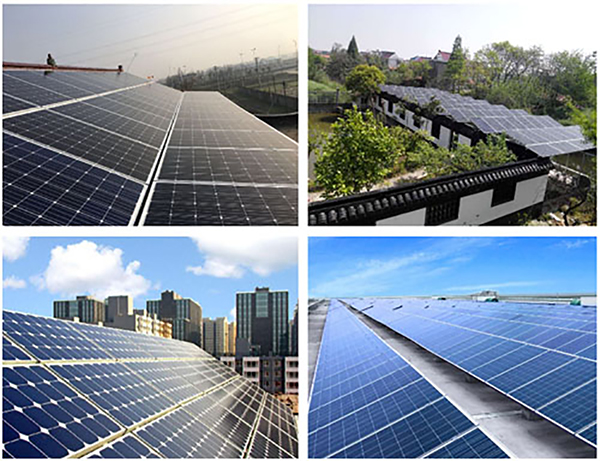MIT said that this kind of solar cell is mainly composed of substrate and coating. Its thickness is only 2 microns, which is equivalent to one fiftieth of the diameter of human hair and one thousandth of that of traditional solar cells. It is likely to be the lightest and thinnest solar cell so far. "These batteries are so light that you can't even feel them if you integrate them into your shirt or laptop," said Vladimir bilavik, a professor of electrical engineering at MIT who led the study
Bilavik said that the technology is to complete the manufacturing of all parts in one step. Since no other process is required, the probability of exposure of electronic components to dust and other pollutants is reduced, and the quality and performance of products are improved. At the same time, the simplification of production links also provides the possibility for large-scale production.
Bilavik's team has tested the idea and produced a prototype in the laboratory. They used poly (p-xylene), a common flexible polymer, as the substrate and coating of solar cells, and made a light absorbing layer with another material called DBP (dibutyl phthalate). The whole manufacturing process is carried out in a vacuum chamber at room temperature without any solvent. Compared with traditional solar cells, there is no need for high temperature and toxic chemicals. In the vacuum chamber, the substrate and solar cell unit can be "grown" by vapor deposition technology.
This kind of solar cell can not only use traditional glass as carrier, but also use fabric, paper, plastic and other materials. Although the conversion efficiency of the new device is not very high at present, because of its light weight, the power to weight ratio is enough to dominate the world. A typical silicon-based solar cell module, glass accounts for a large part of the total weight. It can produce 15 watts of power per kilogram, while the new thin-film solar cell can produce 6 watts of power per gram, 600 times higher than the former.


